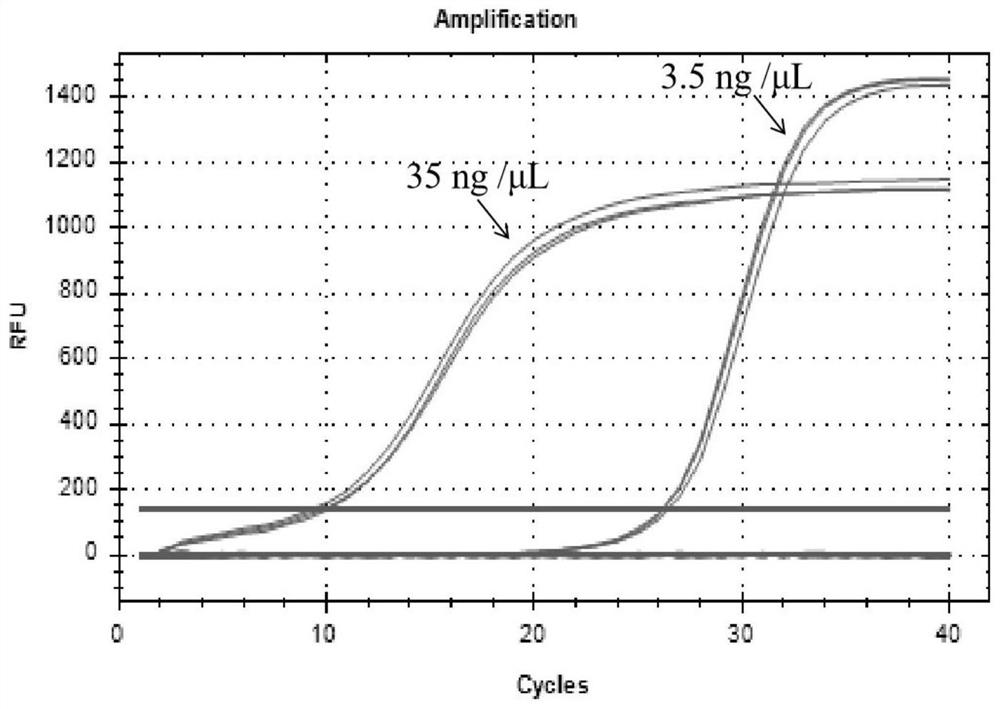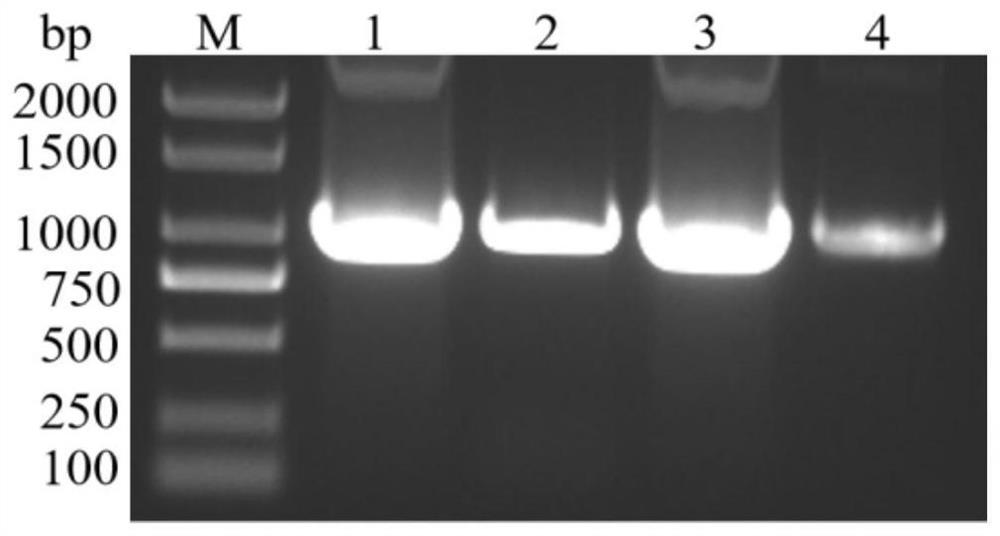Random recombinant mutant protein of Bacillus thuringiensis sip1aa protein
A mutant, great ape leaf beetle technology, applied in the direction of peptides, biocides, biochemical equipment and methods, can solve the problems of harmful mutations, low mutation frequency, protein loss of function, etc., to achieve increased activity and lower LC50 value Effect
Active Publication Date: 2021-10-12
NORTHEAST AGRICULTURAL UNIVERSITY
View PDF8 Cites 0 Cited by
- Summary
- Abstract
- Description
- Claims
- Application Information
AI Technical Summary
Problems solved by technology
In 2012, our laboratory cloned and identified the sip gene containing 1038bp and encoding 345 amino acid sequences from the Bt strain QZL26, but its insecticidal activity has not been reported (Liu Yanjie, Li Haitao, Liu Rongmei, etc. Cloning of the new Bt gene sip , expression and bioinformatics analysis[J]. Biotechnology Bulletin, 2012(12):101-105)
In 2013, Murawska et al. applied genome sequencing technology and found that the IS5056 strain contained the sip gene, but did not conduct in-depth research
Even so, when the number of mutated bases in each target gene exceeds 6, it will often cause the protein to lose its original function
[0007] In addition, in the previous research on the Cry protein, a series of mutants were constructed through random mutation, among which the mutants with improved insecticidal activity were all at low mutation frequency, and when the mutation frequency was too high, most of the mutations were Harmful, it is almost impossible to screen for beneficial mutations (Vartanian JP, Henry M, Wain-Hobson S. Hypermutagenic PCR involving all four transitions and a sizeable proportion of transformations. Nucleic Acids Res, 1996, 24(14): 2627-2631.)
Method used
the structure of the environmentally friendly knitted fabric provided by the present invention; figure 2 Flow chart of the yarn wrapping machine for environmentally friendly knitted fabrics and storage devices; image 3 Is the parameter map of the yarn covering machine
View moreImage
Smart Image Click on the blue labels to locate them in the text.
Smart ImageViewing Examples
Examples
Experimental program
Comparison scheme
Effect test
Embodiment Construction
[0026] The present invention will be further described in detail below in conjunction with the examples.
[0027] 1. Materials and Reagents
[0028] 1.1 Strains and plasmids
the structure of the environmentally friendly knitted fabric provided by the present invention; figure 2 Flow chart of the yarn wrapping machine for environmentally friendly knitted fabrics and storage devices; image 3 Is the parameter map of the yarn covering machine
Login to View More PUM
 Login to View More
Login to View More Abstract
The invention relates to a random recombination mutant protein of Bacillus thuringiensis Sip1Aa protein, belonging to the field of biotechnology. The present invention obtains Sip1Aa highly efficient soluble insecticidal protein mutants M6 and M8 proteins, respectively changing one amino acid, the insecticidal activity of the obtained mutant protein M8 is increased by 4.02 times, and the insecticidal activity of M6 is increased by 2.19 times, effectively To overcome the problem of finding a gene expressed by Bacillus thuringiensis that is highly virulent to the great ape leaf beetle, and to delay the development of insecticide resistance of pests to engineering bacteria and transgenic plants.
Description
technical field [0001] The invention belongs to the technical field of biological control, and in particular relates to a random recombination mutant protein of a Bt insecticidal gene with high toxicity to coleopteran agricultural pests. Background technique [0002] Bacillus thuringiensis (Bt) is a Gram-positive bacterium that widely exists in nature, and its shape is generally short rod-shaped, solitary or in short chains. In 1911, German biologist Bernai (Berliner) isolated the same bacterium from the diseased larva of a Mediterranean mealworm in Thuringiensis, Germany, and named it Bacillus thuringiensis. Bacillus thuringiensis has a research history of more than 100 years. The reports on this bacterium involve biomolecules, cytology, taxonomic nomenclature, active components of Bt, and its insecticidal mechanism. There are tens of thousands of research reports. [0003] At present, there are few reports on Bt Sip protein at home and abroad. In the process of studying ...
Claims
the structure of the environmentally friendly knitted fabric provided by the present invention; figure 2 Flow chart of the yarn wrapping machine for environmentally friendly knitted fabrics and storage devices; image 3 Is the parameter map of the yarn covering machine
Login to View More Application Information
Patent Timeline
 Login to View More
Login to View More Patent Type & Authority Patents(China)
IPC IPC(8): C07K14/325C12N15/32A01N47/44A01P7/04
CPCA01N47/44C07K14/325
Inventor 李海涛刘志洋刘荣梅王静高继国张杰
Owner NORTHEAST AGRICULTURAL UNIVERSITY
Features
- R&D
- Intellectual Property
- Life Sciences
- Materials
- Tech Scout
Why Patsnap Eureka
- Unparalleled Data Quality
- Higher Quality Content
- 60% Fewer Hallucinations
Social media
Patsnap Eureka Blog
Learn More Browse by: Latest US Patents, China's latest patents, Technical Efficacy Thesaurus, Application Domain, Technology Topic, Popular Technical Reports.
© 2025 PatSnap. All rights reserved.Legal|Privacy policy|Modern Slavery Act Transparency Statement|Sitemap|About US| Contact US: help@patsnap.com



